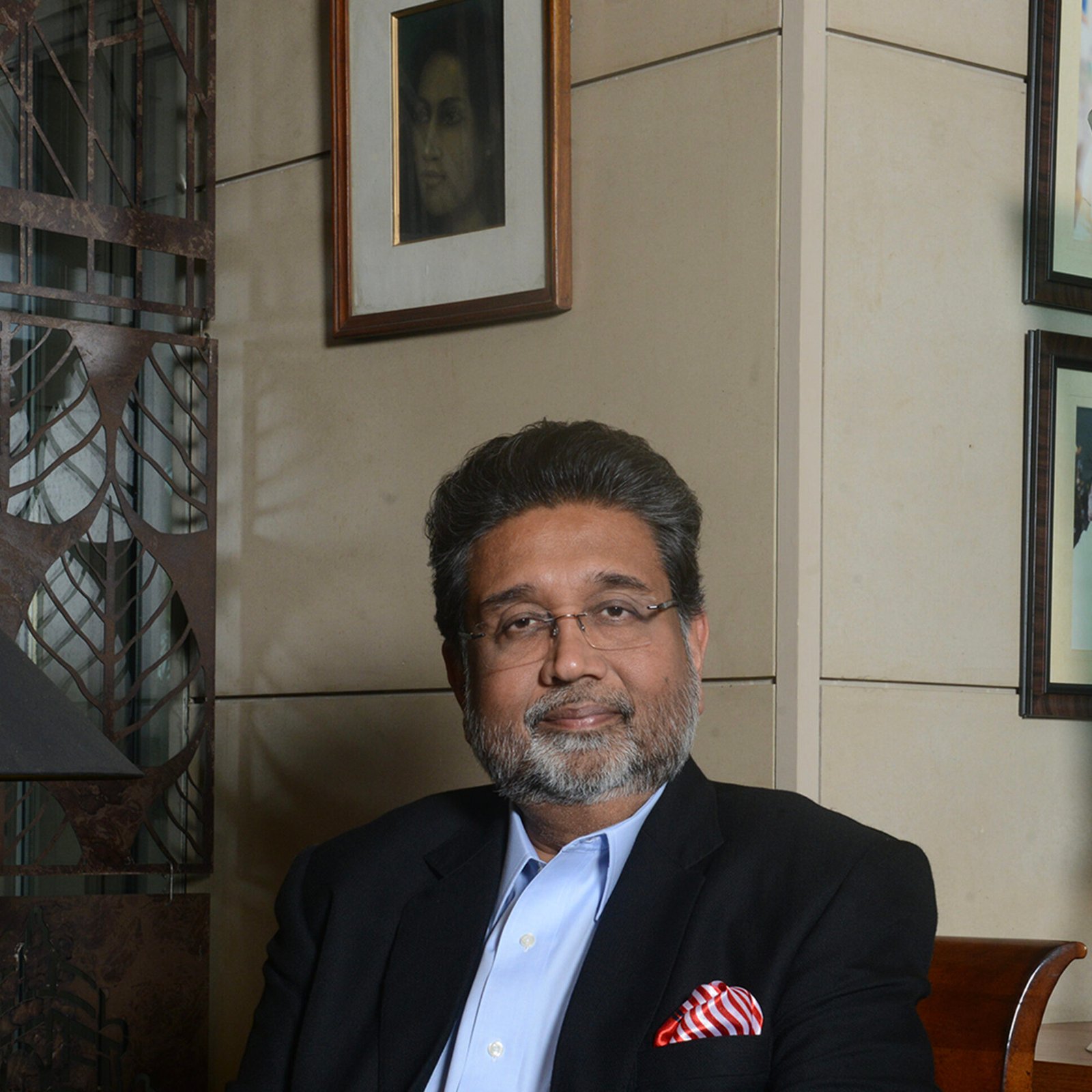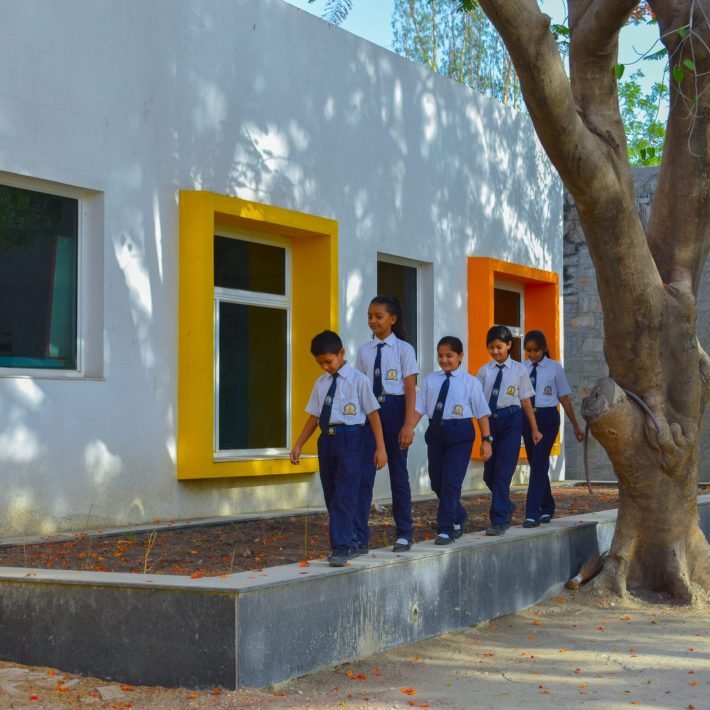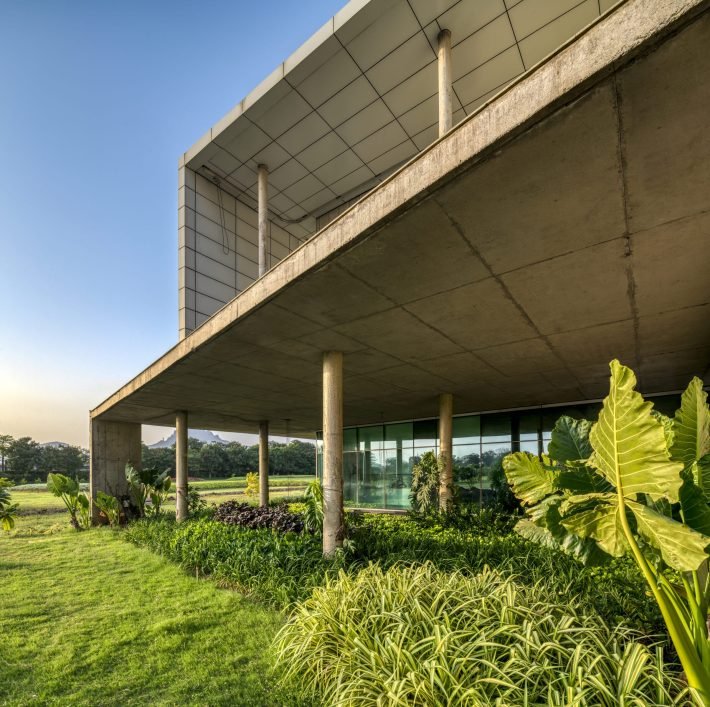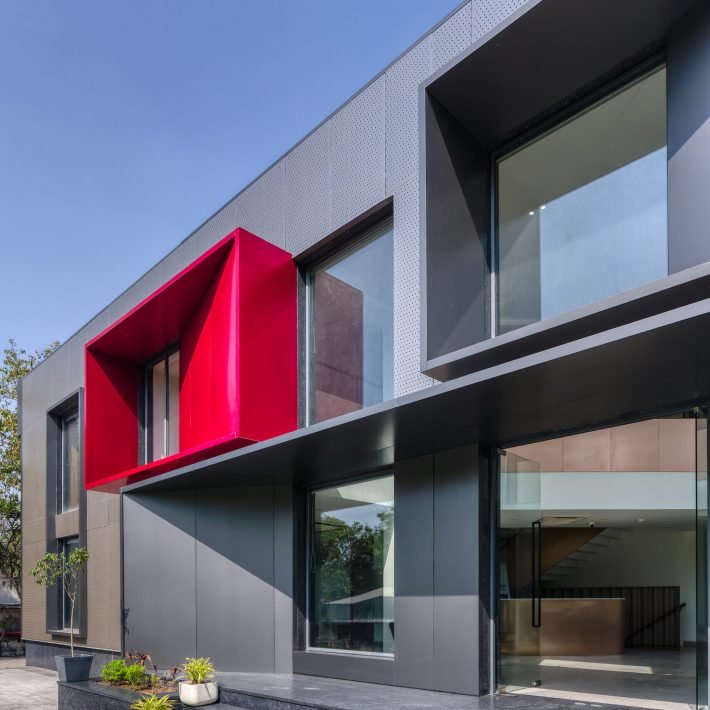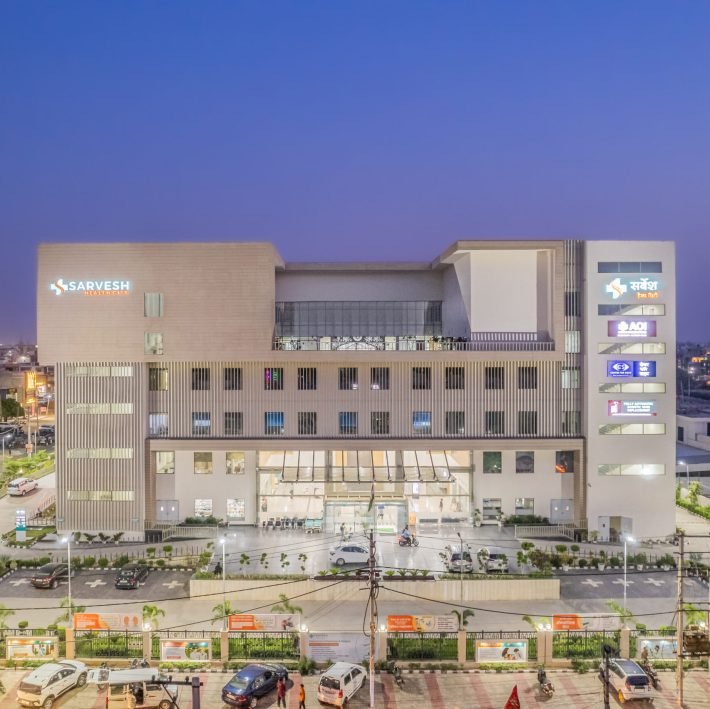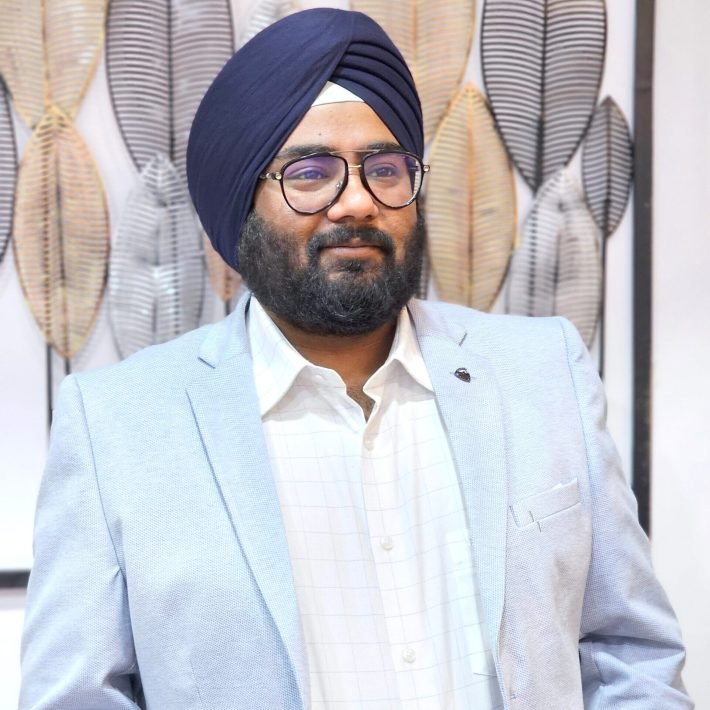Harshavardhan Neotia, Chairman, Ambuja Neotia Group, shares his experience working with the late veteran architect Charles Correa and the future of architecture in India.
How has Charles Correa’s work influenced the architectural landscape of India? What impact do you believe it will have on future generations?
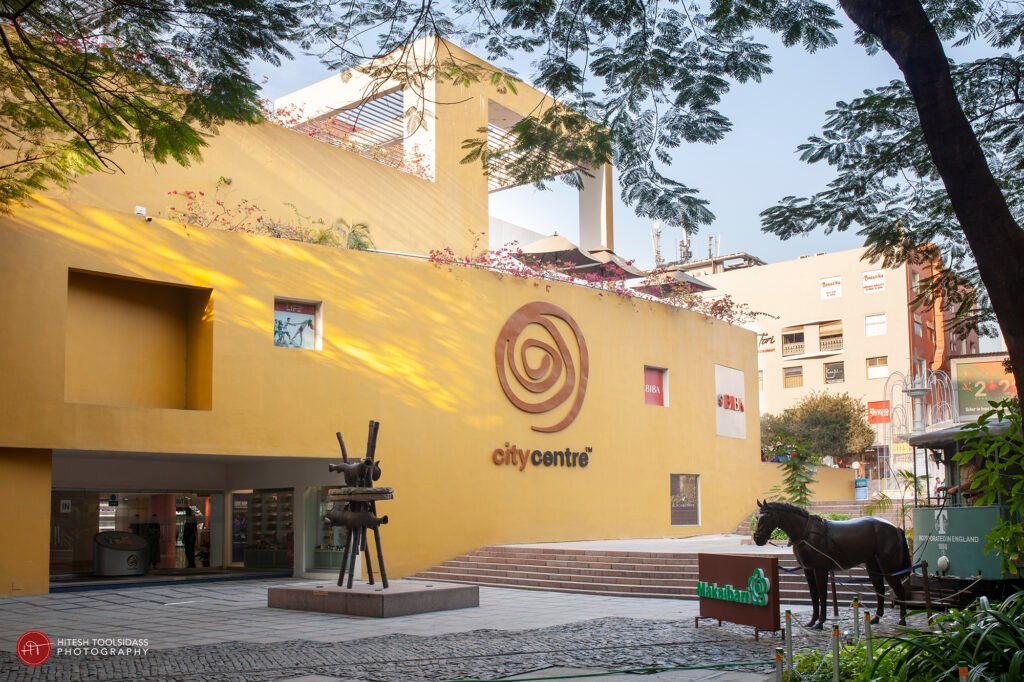
My association with the late Charles Correa was truly special and significant. We had a close Interaction over a period of almost five years while conceptualizing and building the City Centre in Salt Lake, Kolkata, which was a landmark project. While working together, I had the privilege of experiencing both the challenging and inspiring aspects of our collaboration. Mr. Correa served as a great guiding force and mentor, pushing me to learn and grow in the field of architecture. I am grateful for the intense training and the many lessons I learned from him, even if it meant facing his occasional firings. I remember once he put his hand on my shoulder and said, “I think I have been a little hard on you.” And I knew that he was a very kind man who just was very passionate about what he was doing and could not suffer mediocrity. That resonated with my way of working. Hence, our bond was built on a mutual passion for architecture and a shared vision for creating meaningful spaces.
What inspired you to initiate the Charles Correa Memorial Lecture, and what significance does it hold for you personally?
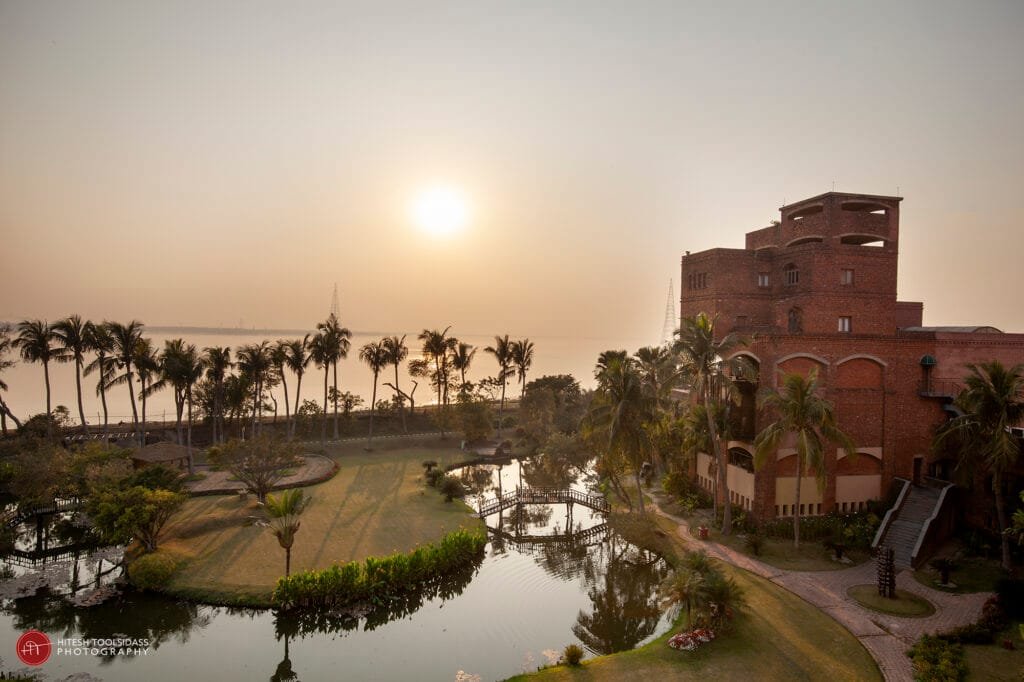
The inspiration behind initiating the Charles Correa Memorial Lecture was my deep admiration and respect for Charles Correa as an architect, legend, and great humanist. Through this memorial lecture, this is made possible by the active participation of architect Ashish Acharjee every year, we aim to celebrate his legacy and contributions to architecture, as well as honour his philosophies. The objective is to focus on a specific area of his architecture and find parallels in contemporary practice and reinterpret the same in today’s context. We want this annual event to be a melting pot of the best ideas from the world of Contemporary architecture, where stalwarts and veterans come together with aspiring professionals and students of design, crystalizing the very essence of meaningful, inclusive, and responsible architecture that would shape our world in the near future. Personally, it holds immense significance for me as it allows me to pay tribute to a mentor and a friend. It is an opportunity to share his valuable insights with fellow architects, professionals and enthusiasts, creating a platform to engage and inspire the architectural community.
Could you share some insights into the values and philosophies that have shaped the architecture of post Independent India, as celebrated in the annual lecture?
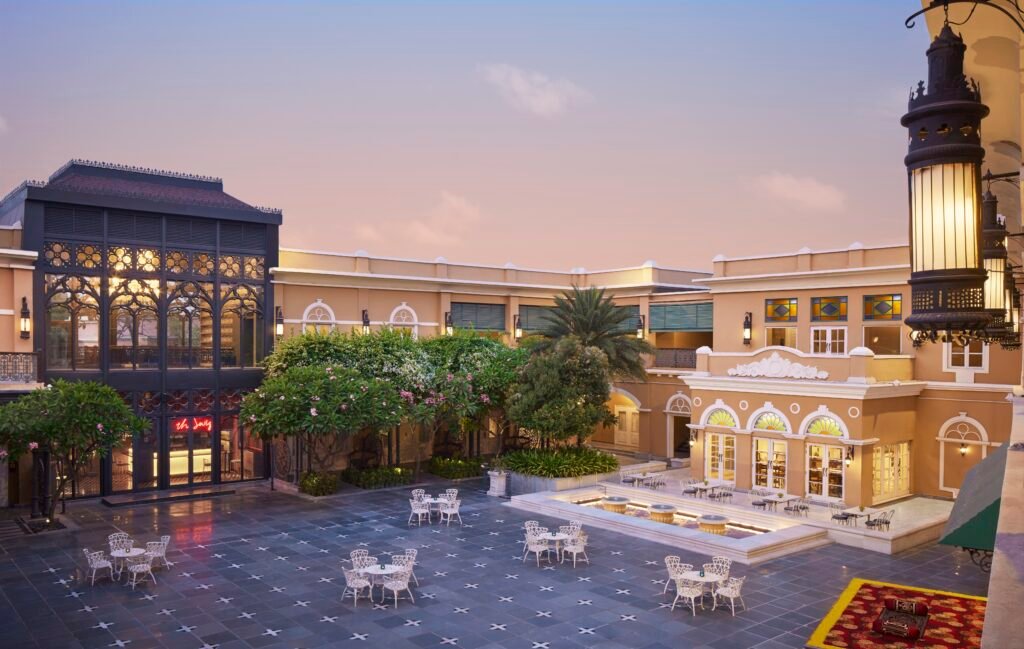
The architecture of post-Independent India has been shaped by values and philosophies that emphasize a deep connection between human beings, nature, and society. Charles Correa embodied these principles in his work. He believed that architecture is not merely about physical attributes but encompasses the larger layer of humanity. His designs beautifully integrated modernity with ancient traditions, reflecting the rich cultural heritage of our country. Through the annual lecture, we celebrate these values and philosophies, highlighting the importance of sustainable, inclusive, and human-centric. The Condoville The Condoville architecture in shaping India’s built environment
How has Charles Correa’s work influenced the architectural landscape of India? And what impact do you believe it will have on future generations?
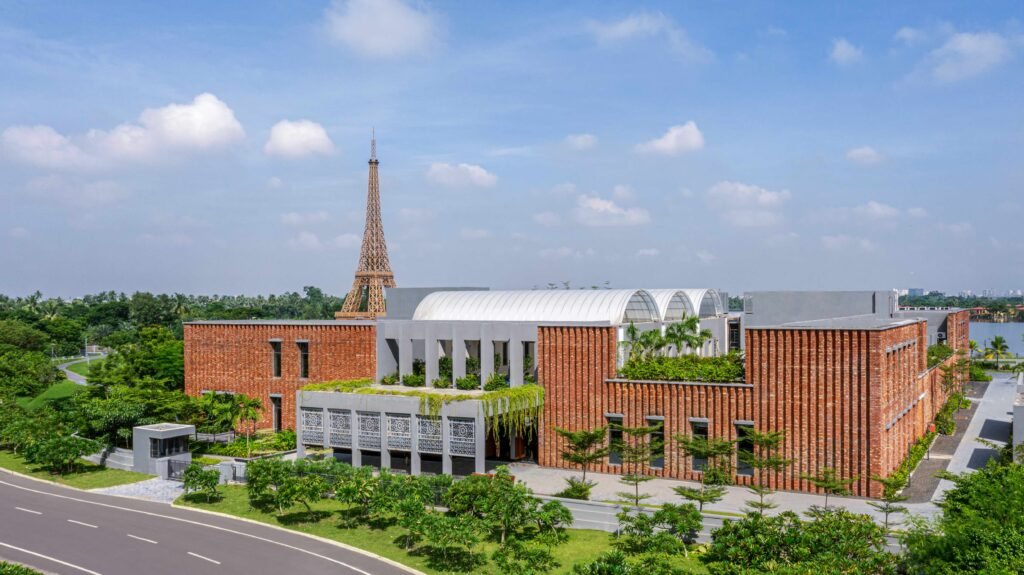
Charles Correa’s work has had a profound influence on the architectural landscape of India. His designs, characterized by their modern yet rooted approach, have left an indelible mark on our cities. By seamlessly merging the inside with the outside, he created masterpieces that embodied both functionality and aesthetics. Correa’s emphasis on human values and his deep understanding of the Indian context has paved the way for a more socially conscious and sustainable approach to architecture in our country. His work will continue to inspire future generations of architects, encouraging them to create spaces that are sensitive to the needs of people and the environment.
As an art and architecture connoisseur, what aspects of Charles Correa’s design and aesthetics resonate with you the most, and how do you incorporate them into your own projects?
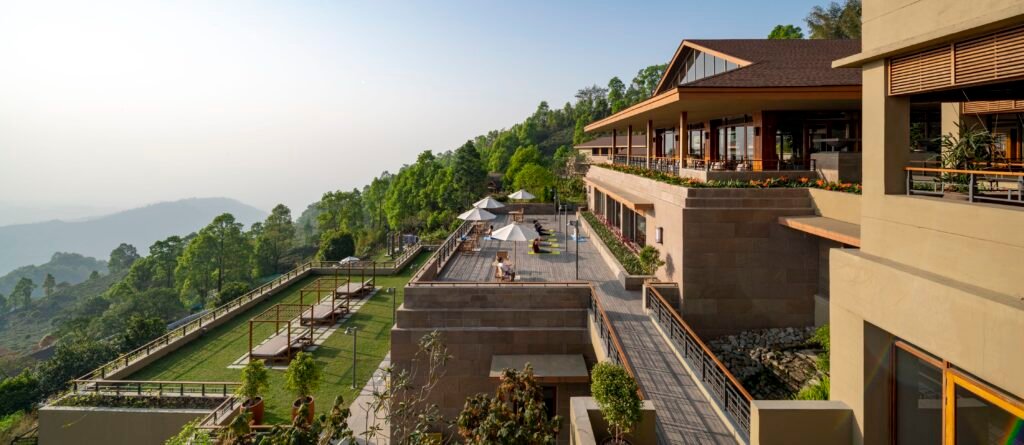
Charles Correa’s design and aesthetics resonate with me on multiple levels. His ability to blend modernity with traditional elements, creating a harmonious balance, is truly inspiring. I find his emphasis on creating spaces that reflect the human scale and foster a connection with nature particularly meaningful. He earnestly believed that architecture has always had a metaphysical component. In my own projects, I strive to incorporate these principles by creating designs that are rooted in the local context, promote sustainability, and prioritize the well-being of people. Every project that we take up has nature as an intrinsic part of the planning. Correa’s work serves as a constant reminder to me of the importance of human-centric design and the impact it can have on people’s lives.
What do you hope the attendees of the 6th Edition of the Charles Correa Memorial Lecture will take away from the event?
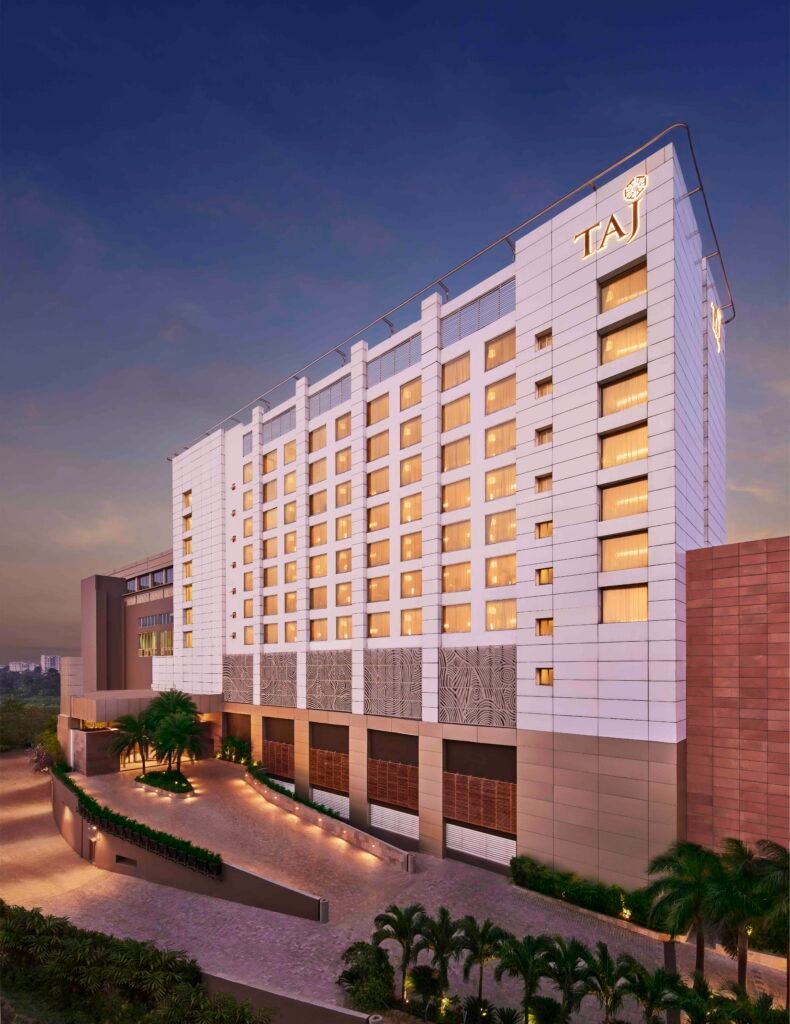
I hope that the attendees of the 6th Edition of the Charles Correa Memorial Lecture will be inspired and enlightened by the insights shared during the event. It is my wish that the attendees leave with a renewed passion for architecture, a greater appreciation for the cultural context of built environment, and a commitment to creating spaces that truly enhance the lives of people.
In your opinion, what role does architecture play in shaping society and influencing its development?
Architecture plays a pivotal role in shaping society and influencing its development. The spaces we inhabit have a direct impact on our lives, well-being, and interactions. Architecture has the power to shape communities, foster social cohesion, and reflect the values of a society. It has the ability to address pressing social and environmental challenges, promote sustainable practices, and create inclusive spaces. Architecture can inspire and uplift individuals, contribute to economic growth, and enhance the cultural fabric of a place. Therefore, it is crucial for architects and designers to approach their work with a deep sense of responsibility and a commitment to creating a positive impact on society.
How do you see the future of architecture in India, and what trends or innovations do you anticipate in the field?
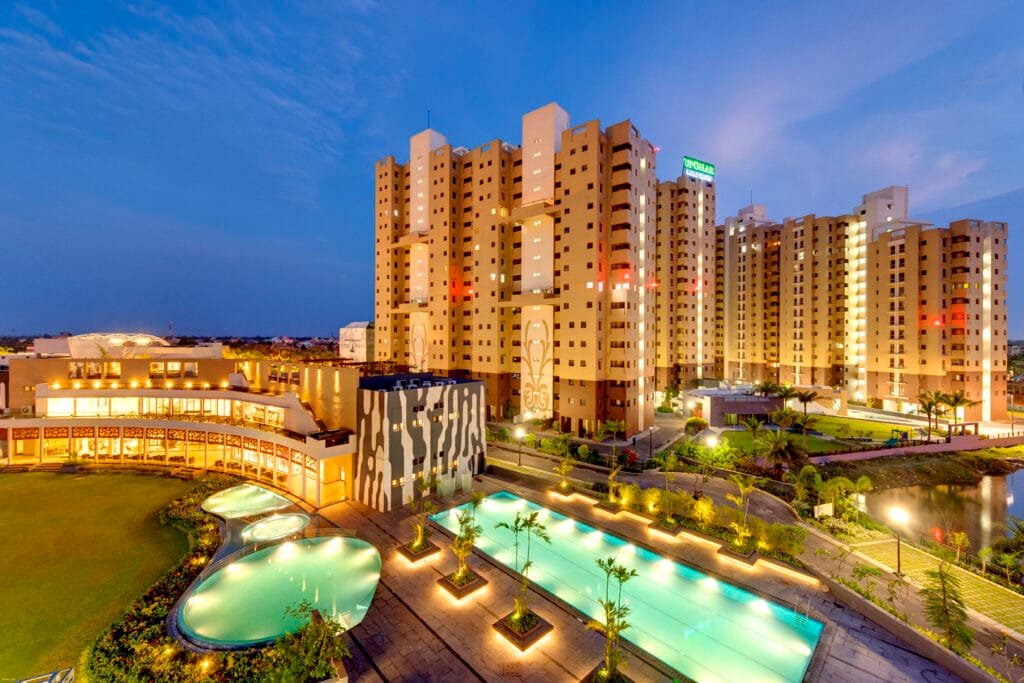
The future of architecture in India is incredibly exciting. We are witnessing a growing consciousness about sustainable practices, the need for inclusive spaces, and the integration of technology in design. As cities continue to evolve, there will be a greater emphasis on creating smart, eco-friendly, and resilient urban environments. I anticipate that there will be a rise in innovative architectural solutions that address the unique challenges faced by India, such as rapid urbanization, climate change, and social inequality. Additionally, the incorporation of digital technologies, such as virtual reality and artificial intelligence, will revolutionize the way we design, experience, and interact with spaces.
Could you share any upcoming projects or initiatives of the Ambuja Neotia Group that aim to contribute to the architectural landscape of India?
The Ambuja Neotia Group is constantly striving to contribute to the architectural landscape of India by undertaking projects and initiatives that prioritize sustainable and people-centric design. We have several upcoming projects that embody these principles. For instance, we are currently working on a mixeduse development that integrates commercial, residential, and recreational spaces while emphasizing environmental sustainability. Additionally, we are actively involved in weaving nature into every aspect of a community living experience. As Charles Correa had once said, “Architecture is a three-legged stool: climate, technology and culture. Together they generate the building.” Through our initiatives, we seek to create spaces that enhance the quality of life, promote community well-being, take into consideration our responsibility towards our planet and contribute to the overall architectural fabric of India.
Lastly, what message would you like to convey to young architects and aspiring professionals in the field?
To young architects and aspiring professionals, I would like to convey the importance of embracing creativity, curiosity, and a lifelong commitment to learning. Architecture is a field that requires constant exploration, adaptation, and innovation. Be open to diverse influences, immerse yourself in the cultural context of your projects, and strive to create spaces that truly resonate with people. Remember that architecture is not just about physical structures; it is about improving the lives of individuals and shaping the society we live in. Embrace the responsibility that comes with being an architect, and always prioritize the well-being of people and the environment.
How is this 6th edition of the Charles Correa Memorial lecture different from the previous ones?
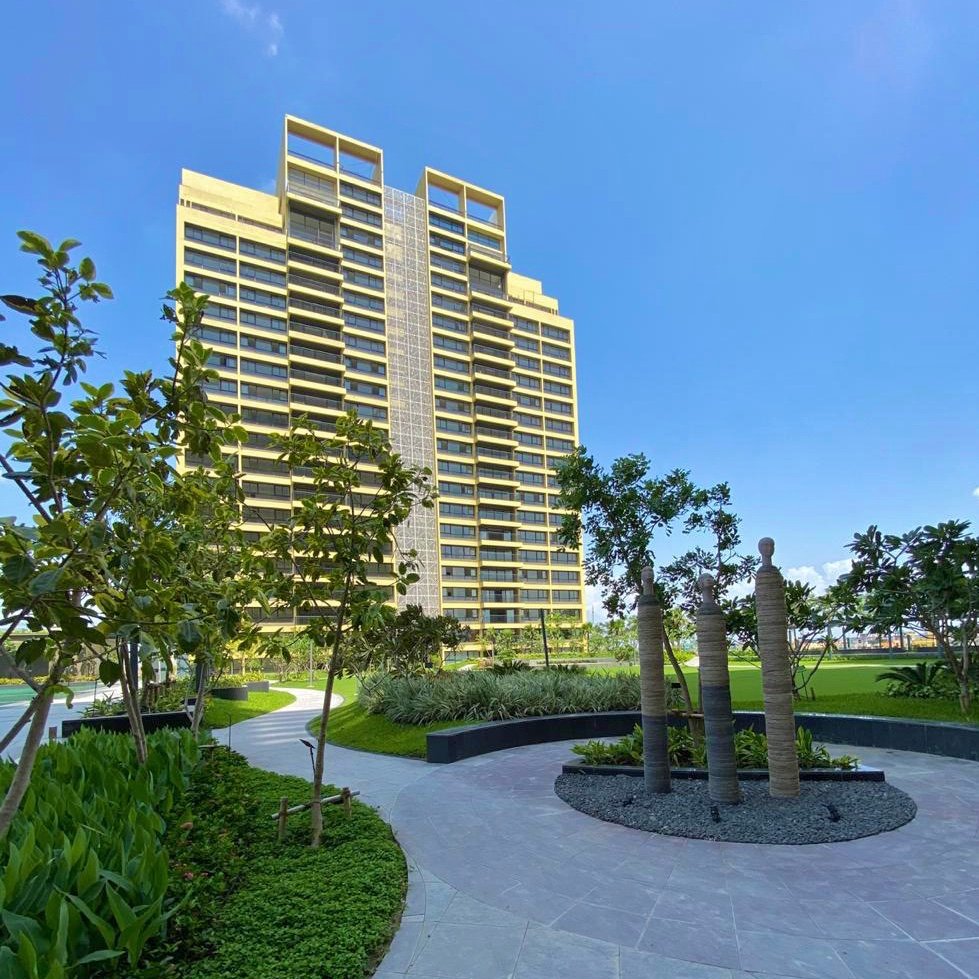
It is for the first time that we are having a renowned and thoughtful architect from Nepal as a guest speaker – Bibhuti Man Singh. From him, we can learn a lot about the architectural wisdom echoed through the history and modernity of our neighbouring country. And while we do so, this year we also have Brinda Somaya, a distinguished Indian architect and urban conservationist known for her independent and realistic approach to architecture, urbanism, and disaster prevention. Her insights are very necessary for us to understand what is happening today in the Indian context, and help us take notes for a better, more responsible, and inclusive future in architecture and design.


